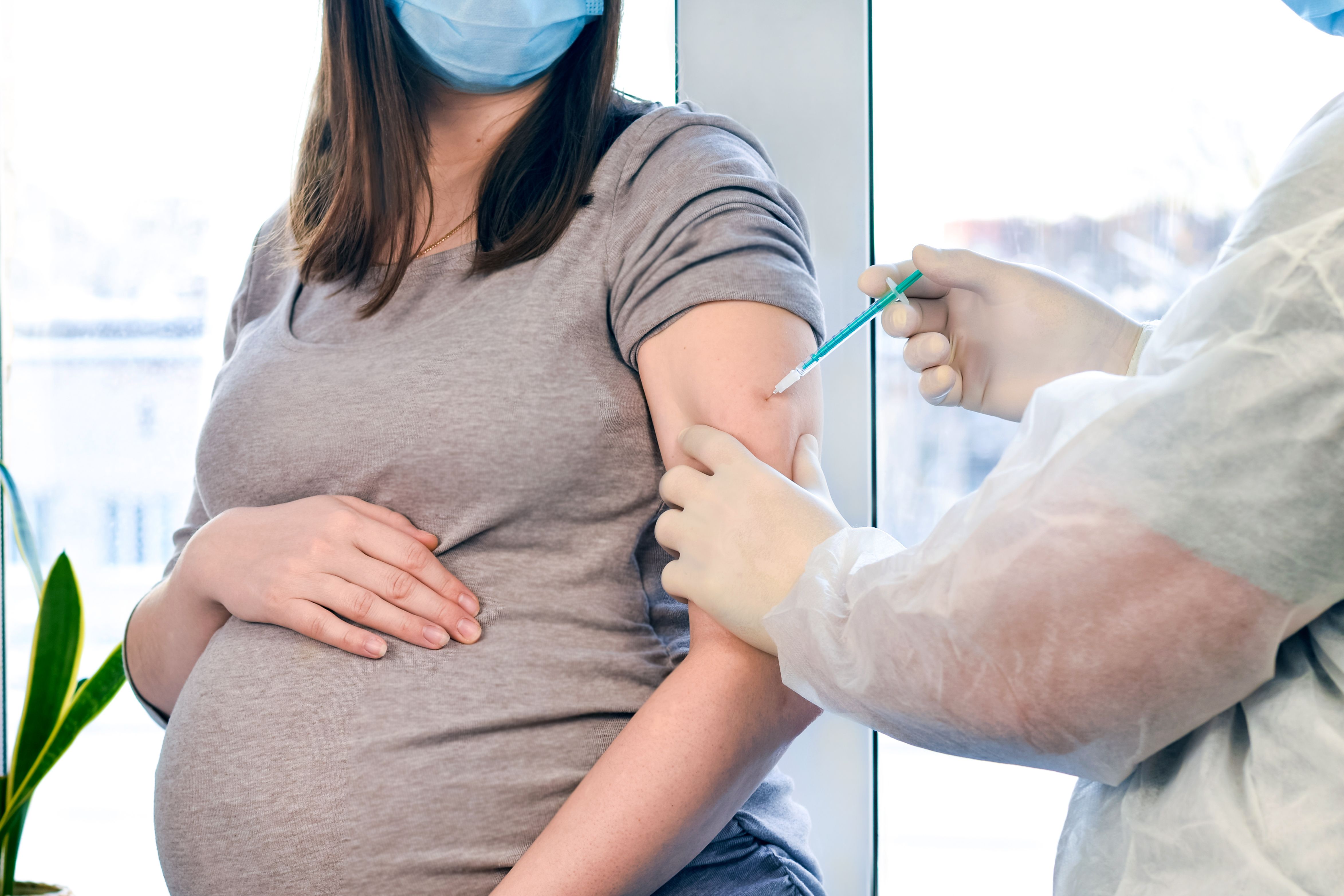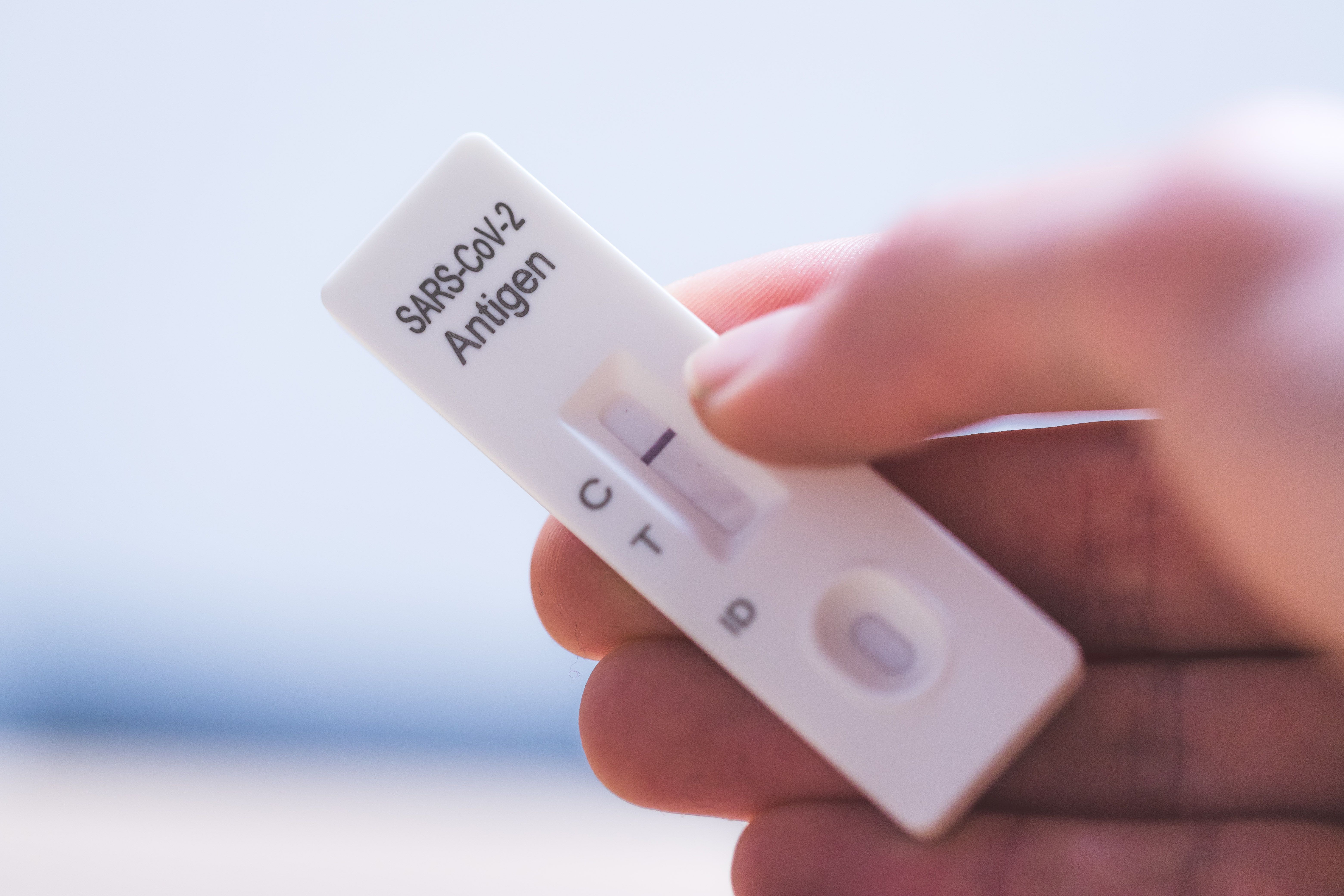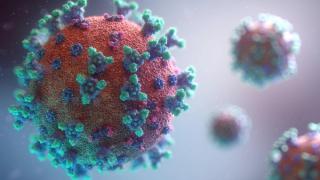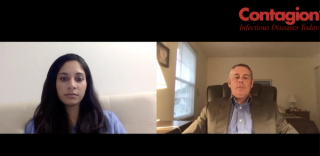
Coronavirus / COVID
Latest News
Latest Videos

CME Content
More News
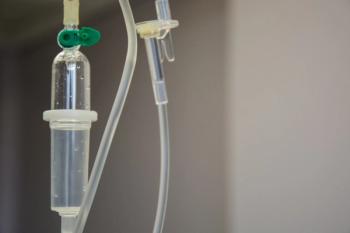
Using monoclonal antibodies as post-exposure prophylaxis could be a cost-effective approach to battling COVID-19 in scenarios that include high transmission of susceptible variants, a new study suggests.
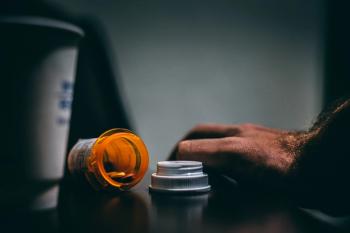
JAMA study reveals use of dexamethasone and others in non-hospitalized patients with mild to moderate illness.
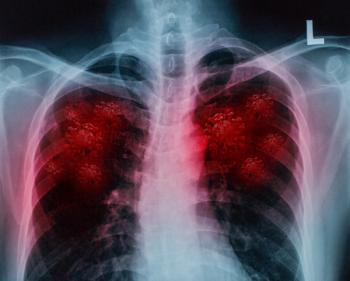
Investigators identify 11 crucial “protection-defining genes” that prevent a severe disease response to COVID-19 infection.

The federal agency revised the vaccine’s Emergency Use Authorization after an analysis of the risk for thrombosis with thrombocytopenia syndrome (TTS).

Medicago’s plant-based vaccine, Covifenz, was 69.5% effective against symptomatic COVID-19 infection and 78.8% effective against moderate-to-severe disease.
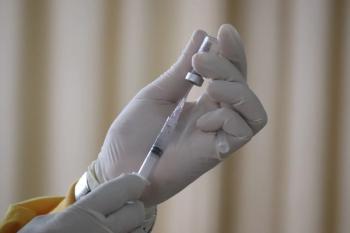
The number of Americans who opt for an additional booster dose of a COVID-19 vaccine may be limited.
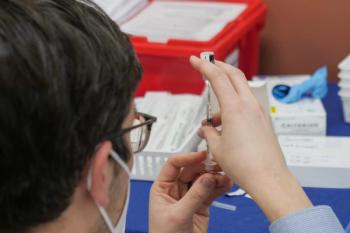
Researchers looked at the serial use of homologous and heterologous boosters in open-label clinical trials across 10 US sites.

Researchers sought to assess antibiotic prescriptions associated with COVID-19 outpatient visits in Medicare beneficiary patients over the course of a year during the pandemic.
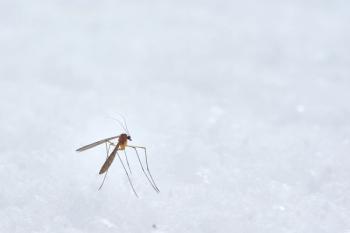
Historically low incidence of dengue in southeast Asia and Latin America linked to COVID-19 restrictions suggests potential future interventions.

Dr. Simon Portsmouth of Shionogi discusses the trial results of their once-daily oral COVID-19 antiviral, S-217622, as well as the significance of the therapy as vaccine efficacy wanes in the age of Omicron.

Correlating immune response to COVID-19 vaccination in persons with HIV to their CD4 T-cell count could inform optimal vaccine strategy.
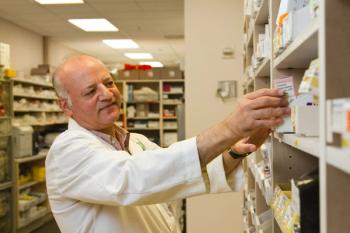
PrEP prescription initiations and fills dropped during the early parts of the COVID-19 pandemic, according to investigators from the NY State Department of Health.

Utilization of ambulatory care services declined during the COVID-19 pandemic, especially among socioeconomically disadvantaged Americans.
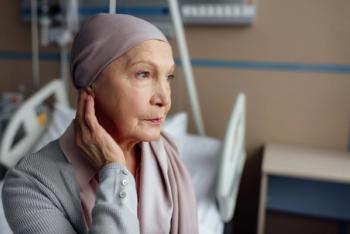
Cancer increased risk of COVID-19 among the vaccinated, with subsequent "significant and substantial" hospitalizations and mortality.

Ensovibep, the COVID-19 antiviral treatment developed by Novartis and Molecular Partners, is facing delays in its quest for emergency authorization after the FDA indicated more study data is required.

If authorized, this would be the first vaccine applicable to the youngest pediatric group.
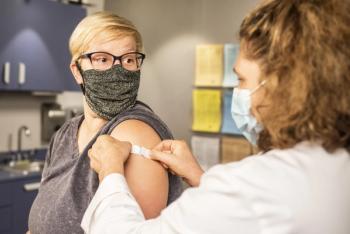
A recent study examined whether immune response to the Pfizer-BioNTech COVID-19 vaccine differed by age and gender.
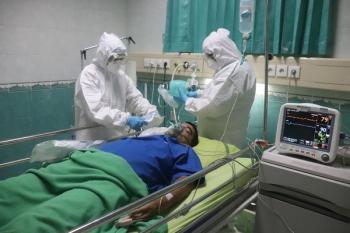
Lasting 505 days, investigators documented the longest known COVID-19 infection. The research, presented at ECCMID, also found one of the first cases of occult COVID-19, in which a patient who tests negative is later found to have ongoing COVID-19.
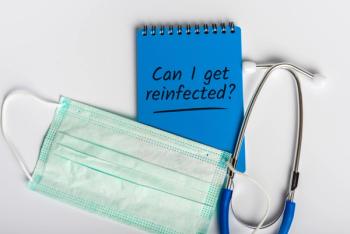
An ECCMID study found COVID-19 primary infections were more severe than reinfections, and vaccination further reduced symptoms.

Immune escape for the BA.2 subvariant, or “stealth Omicron,” was not as severe as that of the original Omicron variant, a new study suggests.

The supplemental new drug application is expanded to include the youngest COVID-19 patients.
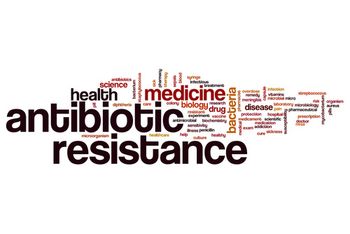
During the pandemic, antibiotic-resistant bacterial infections increased in hospitalized patients who tested positive or negative for COVID-19.
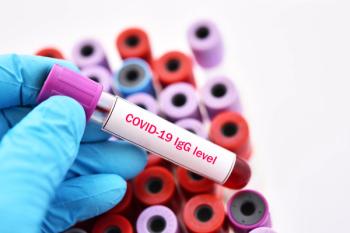
One study, presented at the European Congress of Clinical Microbiology & Infectious Diseases (ECCMID), found waiting longer in between the first and second Pfizer-BioNTech vaccine doses boosted immune response 9-fold.

Investigators used electronic health records (EHR) to perform surveillance of the safety of 3 doses of the COVID-19 mRNA vaccines.
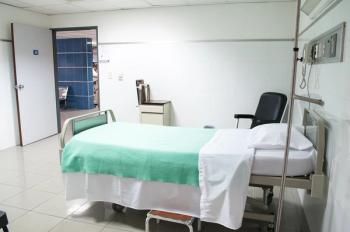
The pandemic offered valuable lessons on improving the translation of evidence to practice, according to a recent survey of academic medical centers.



